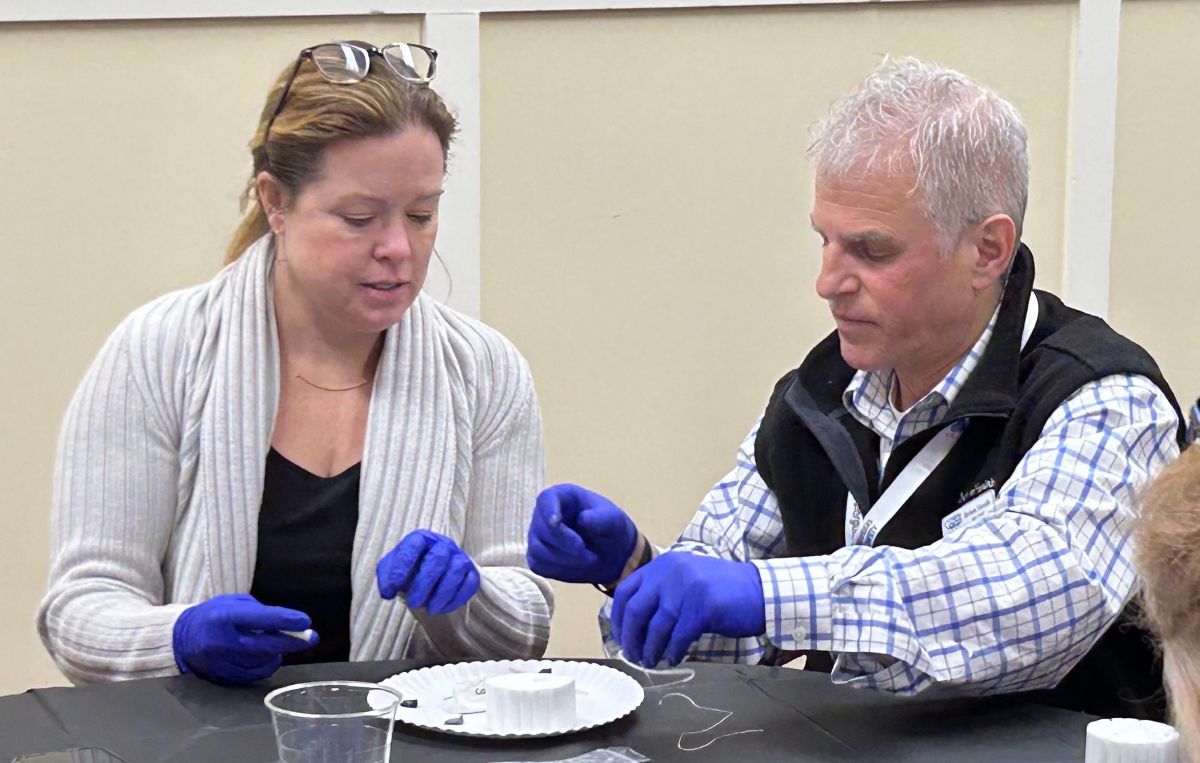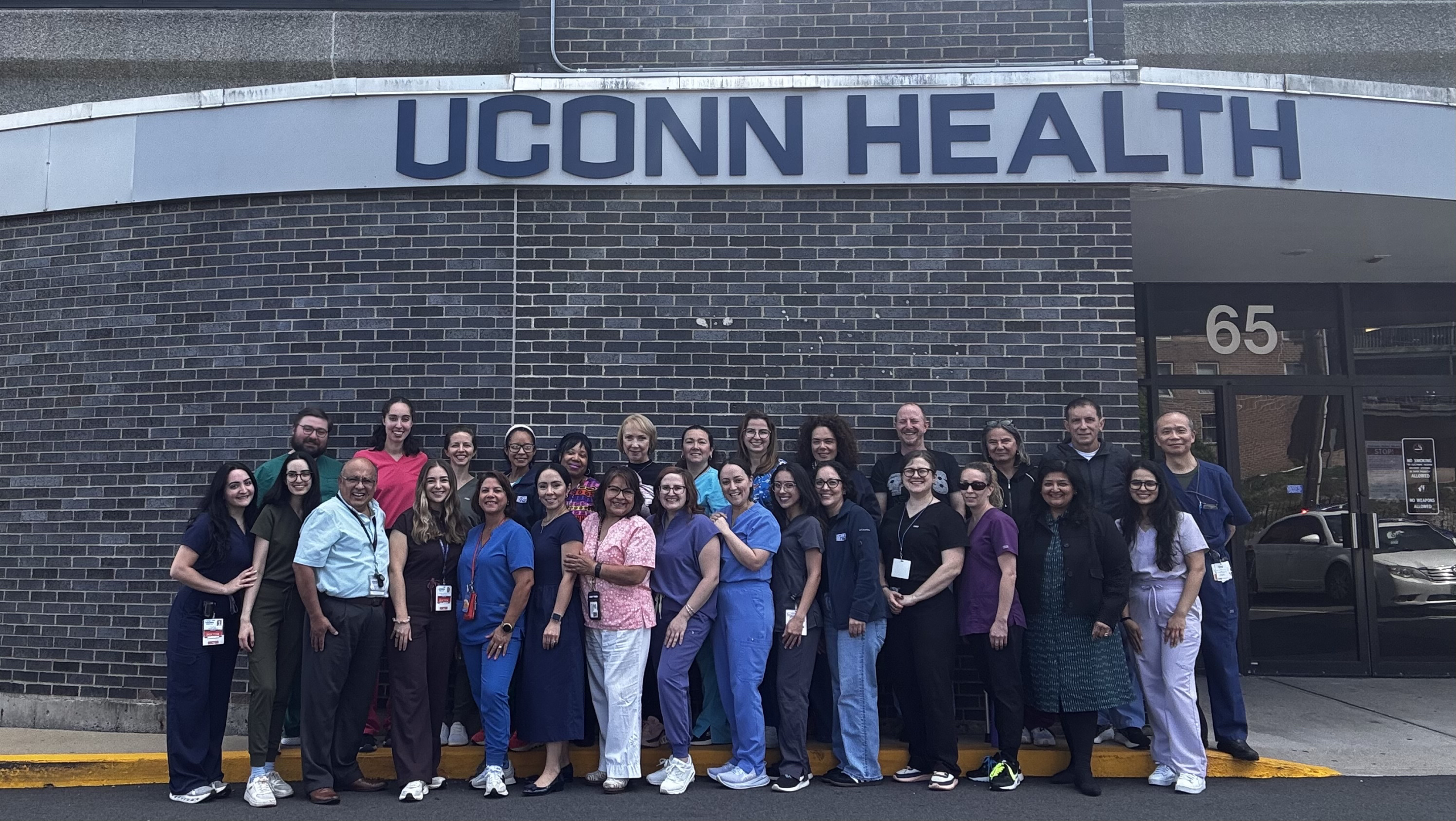This study focused on children between 6 and 12 years old during their mixed dentition phase. The school-age period is critical for a child’s growth, significantly influencing long-lasting dental health behaviors, attitudes, and beliefs [12]. The state of one’s dental health typically affects overall quality of life [7].
In this study, all children exhibited a very low care index (12.9%) and restorative index (13.1%), while the unmet treatment need index was high (86.9%). This result could be explained by the low socioeconomic level of most of the participants, as only 19.5% can save money. The study’s results align with Medina-Solis et al. [13] who noted that individuals with higher socio-economic status were more likely to receive restorative care, whereas those facing greater social disadvantages have a higher likelihood of untreated dental caries. Beyond socioeconomic factors, other reasons contribute to the low care index in dental services among Egyptian children, like; parents’ and children’s dental fear and absence of dental insurance coverage in most cases [14].
The present study revealed a low rate of dental service utilization, with fissure sealant applications being underutilized at only 0.5%. This finding is consistent with another study in Riyadh, Saudi Arabia, which observed minimal use of fissure sealants. In contrast, Veiga et al. [15] reported a much higher utilization rate of 59% for pit and fissure sealants among children. The discrepancies between these studies may be attributed to variations in economic factors, which are a significant contributor to the limited application of fissure sealants in children [16].
Limited utilization of dental services among Egyptian children can be largely attributed to systemic and policy-level factors. Oral health is not yet fully integrated into Egypt’s primary healthcare system, resulting in limited access to preventive services, especially for children in public health settings [17]. Public funding for dental health is also insufficient, leading to a scarcity of well-equipped public dental clinics, particularly in rural areas [18]. Moreover, Egypt lacks a comprehensive national oral health policy that prioritizes pediatric oral care, which contributes to uncoordinated efforts in service provision [17]. The background of dental care services in Egypt may have a possible influence on the low dental service utilization observed in our findings.
The analysis of the collected data revealed that mothers were more likely than fathers to recall and report their children having undergone general anesthesia. This tendency can be explained by the fact that mothers are frequently more actively engaged in their children’s healthcare, such as attending dental visits and engaging in discussions about treatment choices. Since general anesthesia necessitates parental consent and often involves comprehensive consultations with healthcare professionals, these responsibilities are usually assumed by mothers. Furthermore, mothers might feel a heightened concern for their child’s safety during such procedures, which could improve their memory and awareness of these occurrences. Consequently, mothers’ recollection of general anesthesia usage may be more precise and frequent compared to fathers’ [19].
Parents’ dental fear showed a significantly negative impact on the utilization of dental services such as preventive treatments. This finding aligns with Gudipaneni et al. [20], who demonstrated that elevated levels of parental dental fear result in reduced utilization of dental services, especially preventive services. This showed that parents do not seek dental treatment unless dental problems affect their quality of life [21].
Regression analysis showed that children aged 6–8 years had lower DMFT scores, higher deft scores, and lower utilization of dental services. This finding aligns with the results reported by Abbass et al. [22] They attributed the increased susceptibility of deciduous teeth to dental caries to their lower calcium content and structural differences. Additionally, caries in primary teeth may be linked to malnutrition during early childhood [23]. However, these findings aligned with Reda et al. and Clemencia [3, 24] demonstrated that younger children use dental services less frequently compared to their older counterparts. A key reason is the common parental perception that primary teeth are temporary and therefore less important, which leads to delays in seeking dental care. Moreover, primary healthcare providers may not consistently emphasize the need for early dental visits, reducing the likelihood that parents will prioritize oral health at a young age [25].
It is essential to increase parental awareness about the importance of primary teeth and implement school-based oral health screening and referral programs. Addressing transportation and accessibility barriers, especially in underserved areas, will also help bridge the gap between the need for care and actual service use.
Regarding gender, the study revealed that females had higher DMFT scores than males. The explanation typically involves three main factors: (1) girls experience tooth eruption earlier, resulting in their teeth being exposed to the cariogenic oral environment for a longer period; (2) girls have a preference for carbohydrates and sugary foods [26], which can increase their likelihood of developing dental caries; (3) physiological research has shown that women have a significantly lower average salivary flow rate compared to men, influenced by estrogen, and saliva is the medium that delivers protective agents to the oral cavity [27, 28].
Shaffer et al. [29] showed that females aged 6–11 years had better protection against dental caries than males. They attributed their results to including ethnic minorities in their sample, which may affect this difference. Additionally, Lutifyya et al. [30] illustrated a lower rate of dental service utilization among males than females. This observation aligns with the notion that society places higher importance on girls’ dental aesthetics, which explains their frequent dental visits and increased utilization of dental services.
Students enrolled in private schools exhibited lower deft, DMFT scores and higher rates of dental services utilization compared to public schools. This finding is consistent with the results reported by Mohiuddin et al. and Kumar et al. [31, 32] They explained that public school students often come from families with lower socioeconomic status and possess less knowledge about oral health, leading to poorer oral hygiene habits and reduced utilization of dental services.
Children with birth order third to fifth were significant predictors for higher DMFT and deft scores. This finding is consistent with the results reported by Sujlana and Pannu [33]. As the number of children in a family increases, parents face greater responsibilities, which can lead to less individual attention for each child. This reduced focus can negatively affect both dental and general health outcomes [34].
Mothers aged 20–29 years with children had higher deft scores compared to older mothers. This finding was aligned with Gudipaneni et al. [20] who explained that parents of older age are more knowledgeable and aware of oral health, which affects their attitudes towards children’s oral health. On the other hand, Shin et al. [35] showed that there were no significant differences between the mothers’ age and caries prevalence of their 6-11-year-old children.
Children whose parents had higher education levels showed lower DMFT and deft scores. These findings align with Abbass et al. [22] who observed an inverse significant correlation between parental education level and children’s deft. They suggested that highly educated parents focus on their children’s dental health from an early age [36]. Differences between studies can be attributed to varying age ranges; while our study focused on children up to 12 years old, others extended to 17 years. As children grow older, parental influence diminishes, potentially leading to a loss of control over the child’s dietary habits and oral hygiene practices.
According to family income, children from middle-income households, who had nearly sufficient funds, exhibited lower deft scores compared to those from low-income families who needed to borrow money. Conversely, children from high-income families, who save money, use dental services. This finding aligns with Yousaf et al. and Grytten et al. [37, 38] These relationships likely stem from low-income families facing material, social, and financial challenges that hinder their ability to care for themselves and their children. Such families encounter obstacles in accessing professional healthcare services and often fail to recognize dental issues [20, 39].
This study has several notable strengths. The relatively large sample size and inclusion of participants from diverse socioeconomic backgrounds enhance the generalizability of the findings. The use of a structured and validated questionnaire ensured consistency and reliability in data collection. Focusing on the 6–12-year age group allowed for a targeted evaluation of oral health patterns during a critical developmental stage. Additionally, combining clinical dental assessments with parent-reported data provides a more comprehensive understanding of both objective and perceived dental needs.
However, the study is subject to several limitations. Firstly, the cross-sectional nature of the study limits the ability to establish causal relationships between the observed variables and oral health outcomes. Secondly, although the study attempted to reduce recall bias by asking parents multiple questions to verify their responses, the data still relied on self-reported information that was not cross-checked with medical records. Finally, the study was conducted in a specific geographical area, which may limit the generalizability of the findings to other populations with different socio-cultural or healthcare contexts.
link







More Stories
Some doctors are treating kids’ dental decay amid dental shortage
Warwickshire teens lead “Tooth-tastic” Fun Palace to promote children’s dental health
Pediatric Dentistry Now Seeing Patients in Farmington